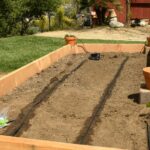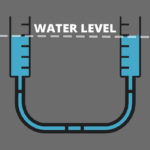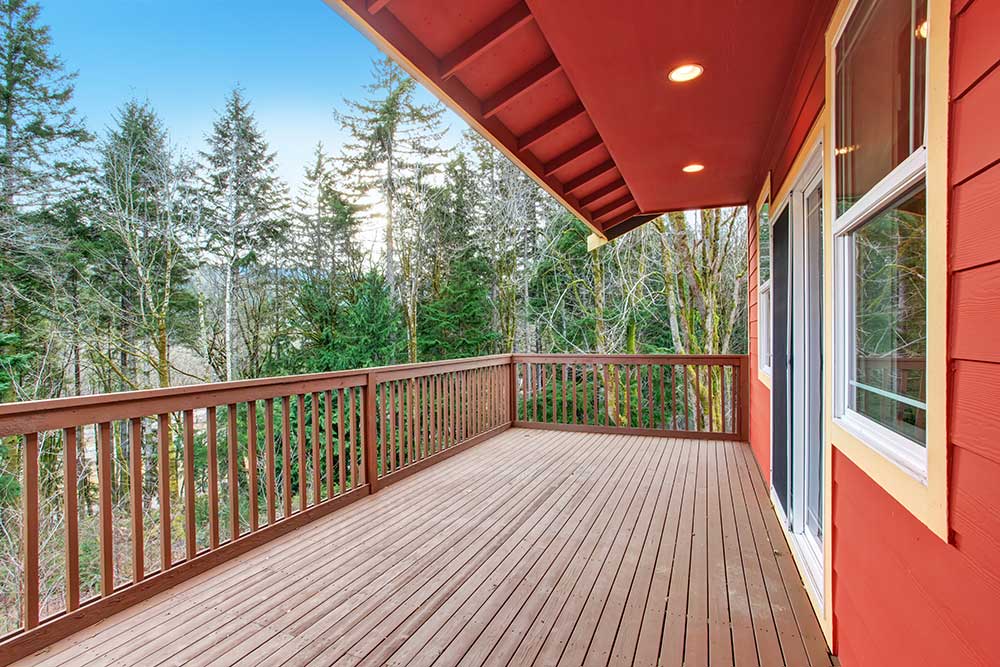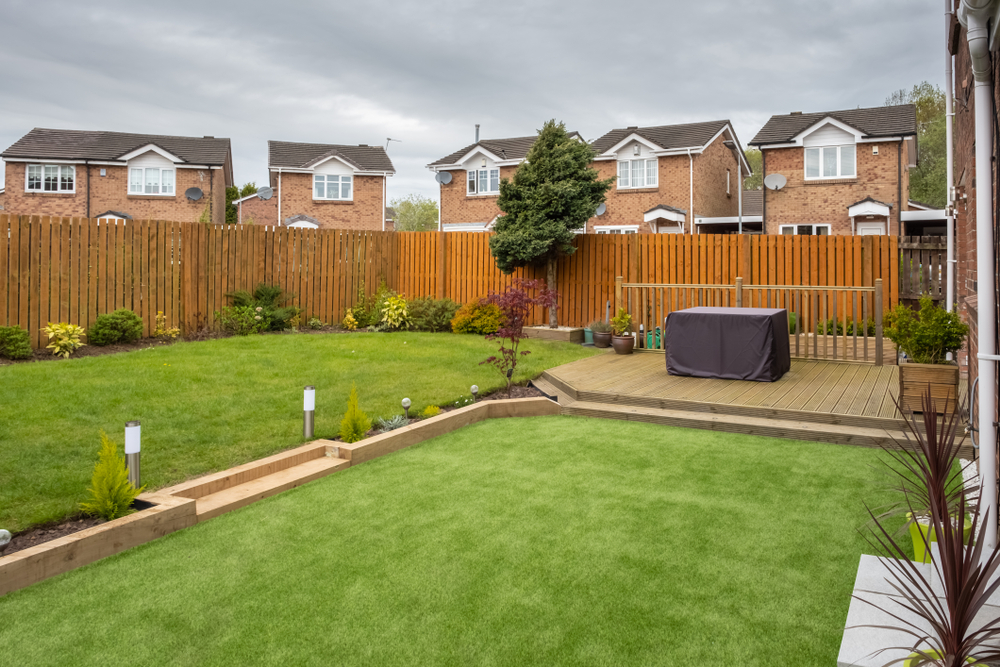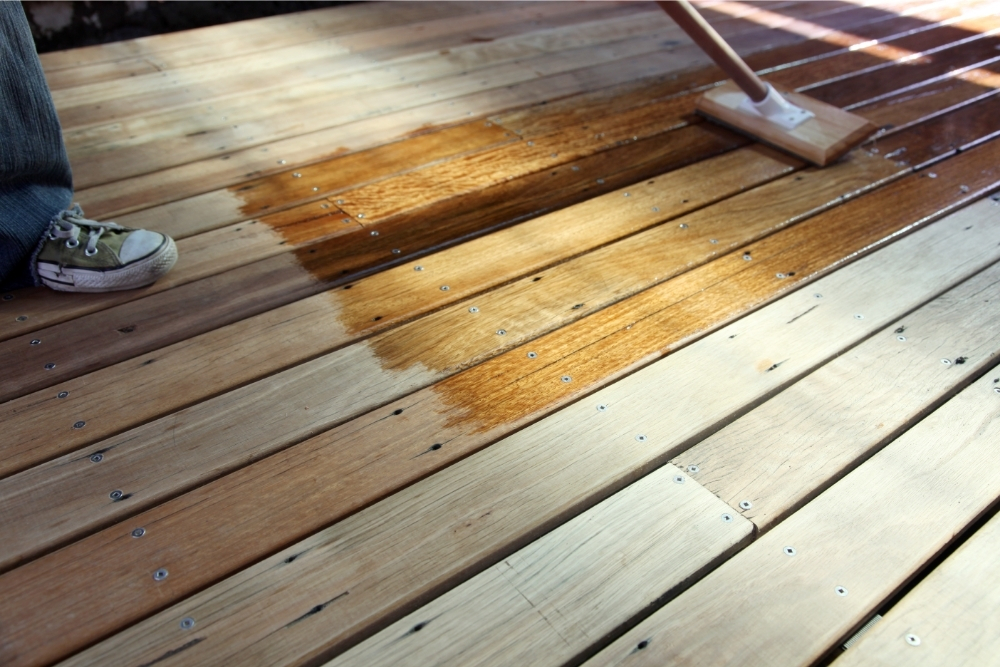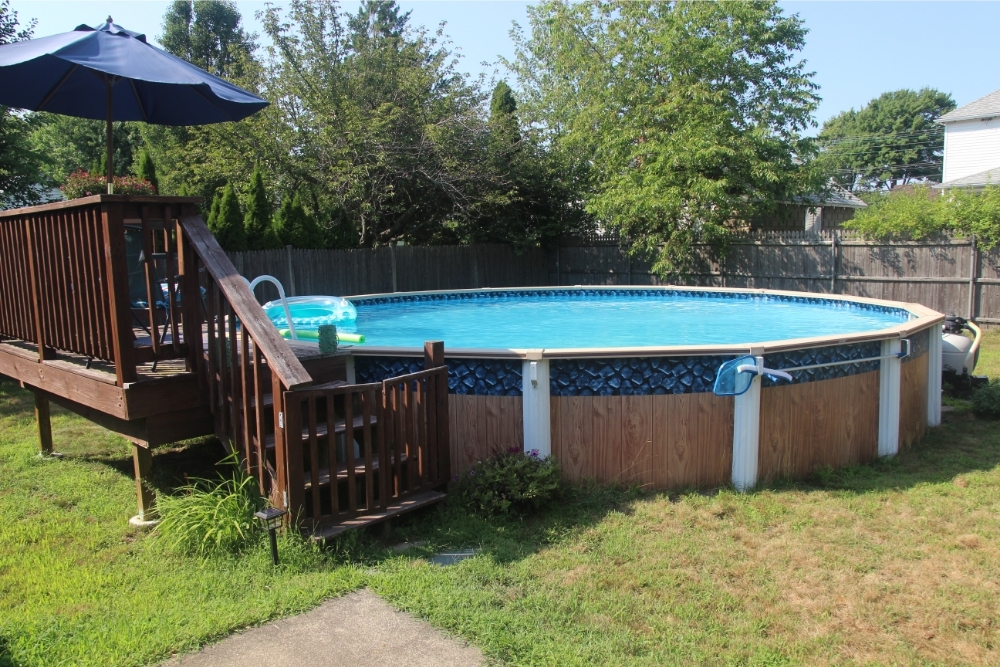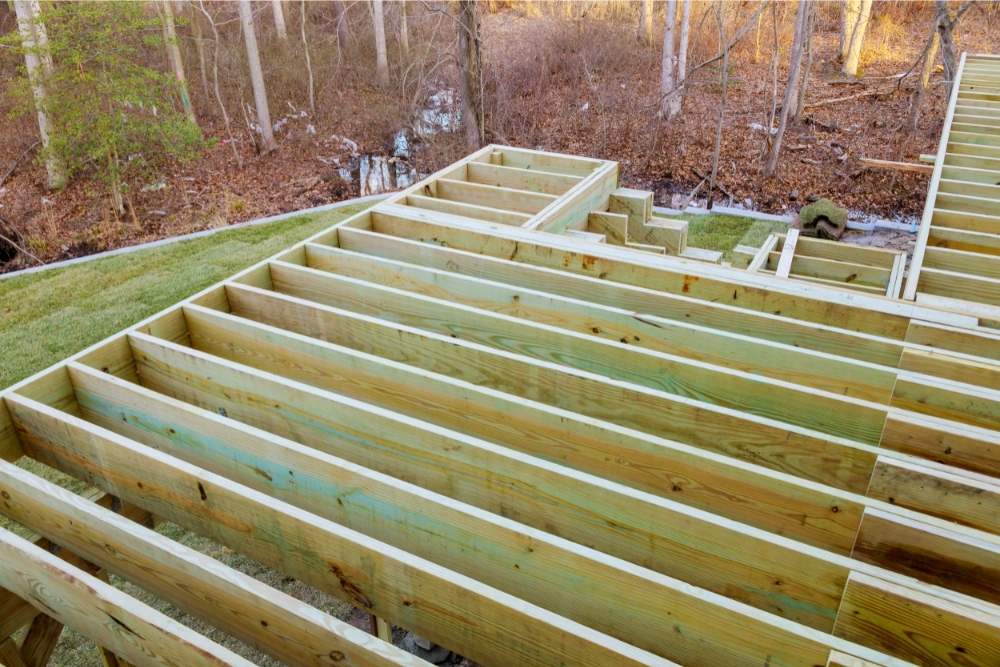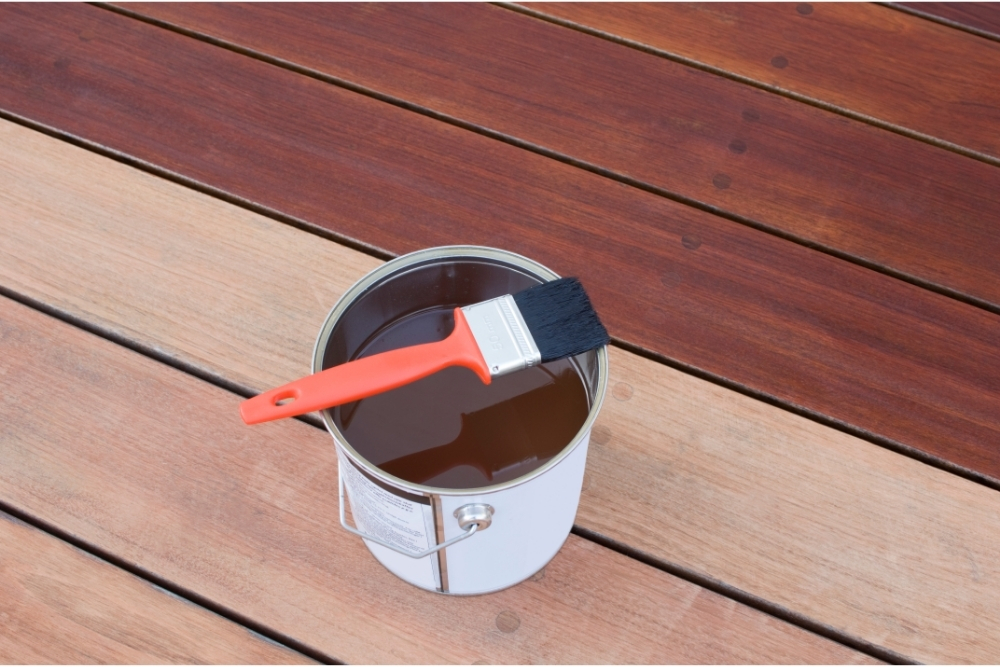If you’ve ever looked at your level decking and seen water pooling, then the likelihood is that you are missing a crucial slope. You should ideally have a slope every one 1/8th of an inch to allow for rainwater to run off. Water pooling can cause structural weaknesses in your decking.
This is because water is a place where insects can gather. These pesky little critters like to bore into your wood, which will similarly compromise the structure of your decking. This is one of the many reasons why your decking should be sloped in places rather than strictly level.
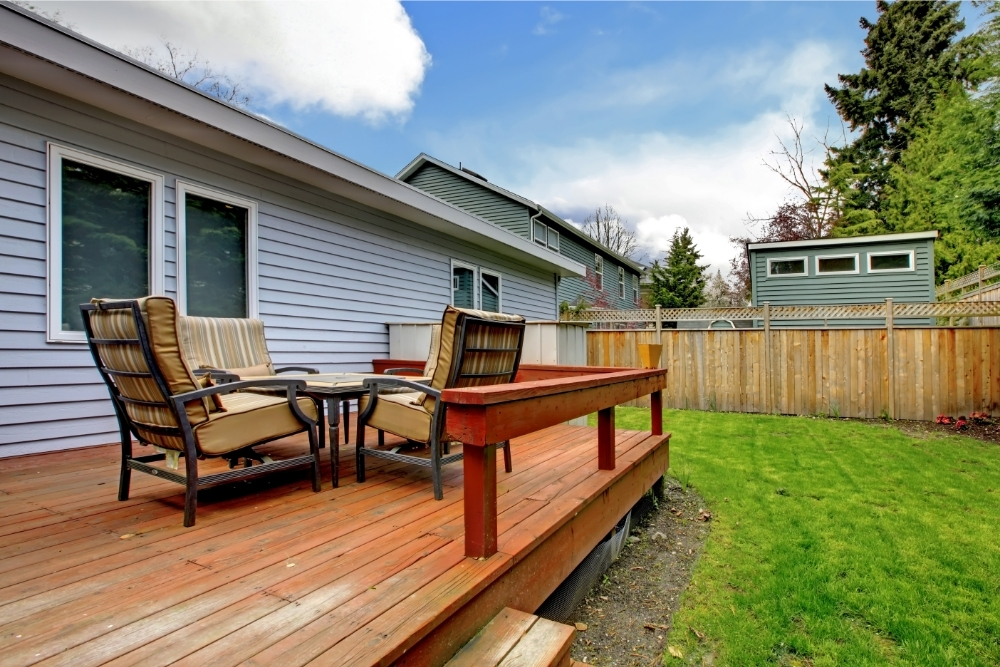
So how exactly do you slope your decking? What is the right angle for you to slope your desk at? If your decking is not level, how can you correct that? What are the strict building codes for getting the levels of your decking just right? How much will it cost you to level your outside decking?
Well, if you need solutions to your dire decking situation, then you should keep reading. We’ll give you everything that you need to help get your garden looking ship shape. We’ll also discuss the right level for your decking, as well as how the climate will factor in when you are designing your decking.
Is It Good For Your Deck To Be Sloped?
Most of the time, you should have sloped decking. Ideally, the slope should form away from the house, as you don’t really want water pouring directly into your living room. However, if your deck is freestanding, then a slope is not entirely necessary, as it doesn’t matter which direction the water travels in.
If you have a deck with a deck board, then you should be sure that it has adequate draining in between the slats. Again, this is to avoid water pooling, which can be very hazardous for wooden decking, which is often prone to rot.
You’ll also have to consider the direction that your decking is moving in. If the decking boards are parallel to your house, you should still make sure there is a slope to avoid the water coming in through your back door. You’ll need to factor in a large rain shower, as this could result in some serious flooding in your home.
You want curved surfaces on your boards, as this will encourage the rain to run off the side. You’ll need to factor in every inch when you are planning for a large storm.
What Is The Right Level For Your Deck?
The greatest issue that you’ll want to keep away from your home at all costs is the moisture. If you have a deck attached to your house, then you should avoid it being level, as eventually, the water might decide to come into your house.
You should have a drop of at least one-eighth of an inch between your back door entrance and your decking. This will guarantee that you don’t have any water coming into your house, as it will certainly cause the foundations of your home to rot.
You might not avoid any cupping of water on your decking with this method, but if you have gaps in between your boards, then the water should run in between the gaps very easily. You should install your deck boards facing upwards to avoid as much cupping as possible.
If you have composite decking, then you should still have a slope, although this will be much smaller overall. If you have a freestanding deck, you might not need a slope, but we would advise you to get one, as water can still damage these boards.
What Is The Best Angle For Your Deck To Slope?
You should ideally have your deck slope at an angle of around 1/8th of an inch. This will guarantee that you get some run-off, avoiding damage to your home and the construction of your decking itself.
If your boards are running perpendicular to your house, then you will 100% need it to be sloped by at least a quarter of an inch. This is because the boards themselves will channel the water directly into your home, especially if it has rivulets.
Are There Building Regulations For Slopes?
You should make sure that you consult your local building code regarding water run-off, ledging and how your decking should be flashed appropriately to avoid the rain coming into your house.
The code also states that decking should be placed below the entrance to any home to avoid water damage. If you have bought your home with decking that is level with your house entrance, then we would suggest that you alter it so that it is sloped.
What Happens If Your Deck Is Not Level?
You can apply cedar shims underneath your decking to make it completely level, although this can often be a tricky process and might not always result in a level deck in the long term.
You can also plane each of the deck boards to ensure that there is a natural slope in all of them. This should not affect the things on top of the decking, as this will only be a slight inclination.
How To Install A Slope Beneath A Deck?
If each of your decking boards are unlevel, then we would suggest that you take them all out, shim them and replace them firmly using wood glue like this (on Amazon). You can also prop up your decking boards with scrap 4×4, which will definitely help straighten out the uneven sections.
We hope that our guide to uneven decking has given you a few ideas for your new decking or how to rectify your old sloping decking.

